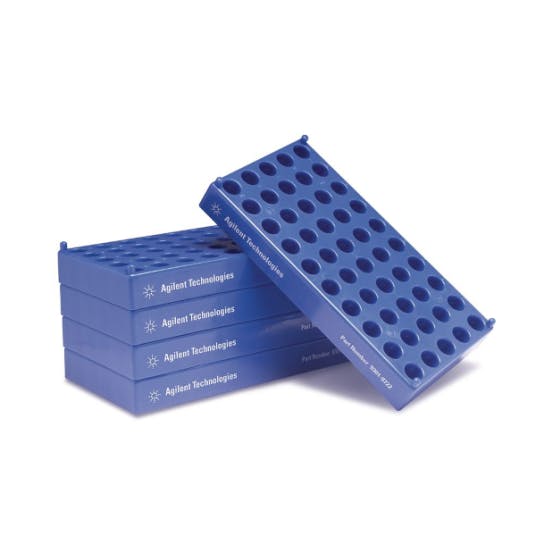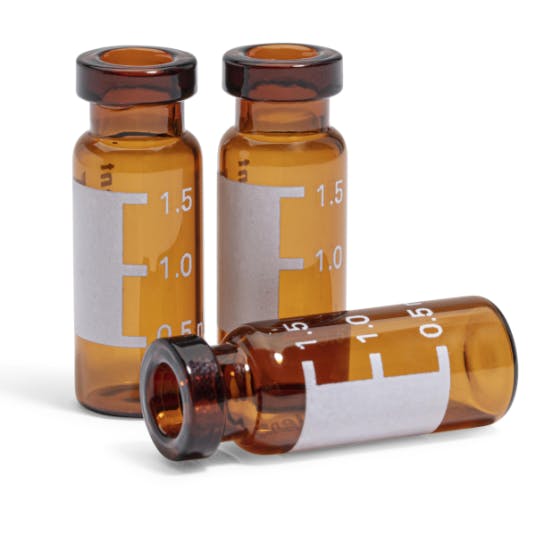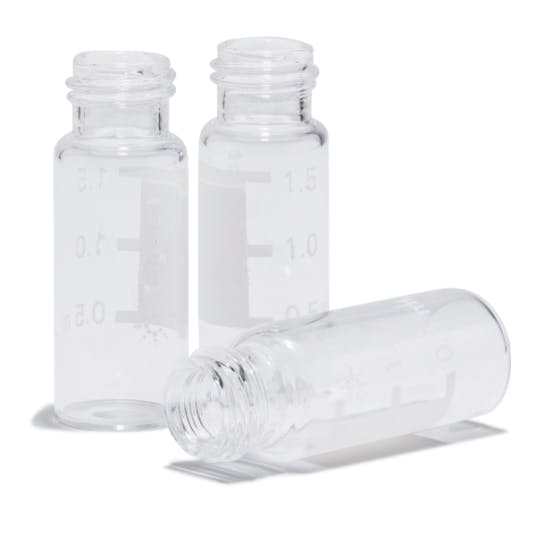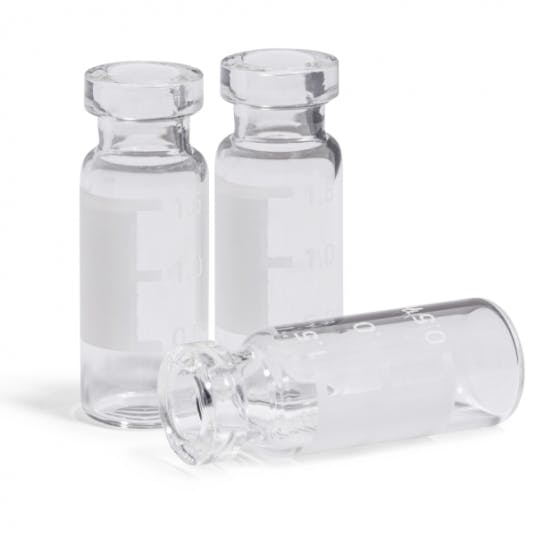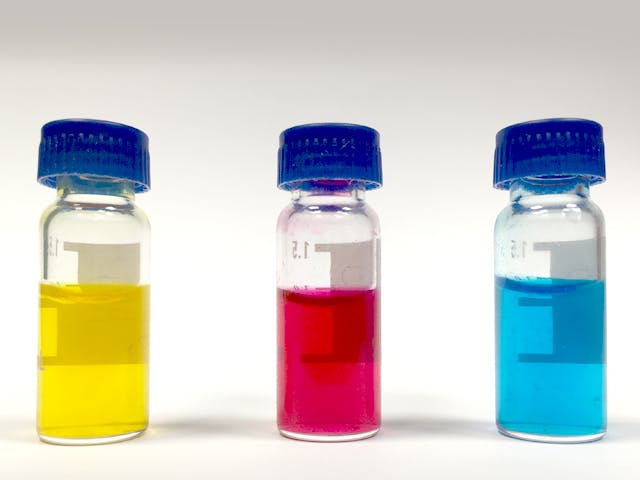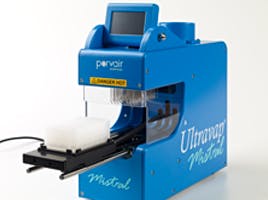
24 Jan 2022
MythBusters: A vial is just a vial
This must be one of the most common sayings heard in an analytical lab – our vials don’t get much respect, and certainly not the respect they deserve! But how fair is this treatment? Vials are used for sample storage prior to analysis. How could they be important?

Continuing on in our MythBuster series (see Myth #1 on running out of HPLC mobile phase), we take a look at the assertion that vials are relatively unimportant. That we don't fully appreciate their importance. There's nuance in a vial!
I was recently working in a large lab in which the only vials I could lay my eyes on were amber. What followed was a discussion about benefits, limitations and common problems found in vials. After all, had we never experienced any problem caused by a poorly selected or manufactured vial? Had we never had to deal with vial leachables or undesired chromatogram contamination? A vial is just a vial? Perhaps, but can’t we still take advantage of their diverse designs, shapes and grades for the best analytical output?
Respect the Vial!
One fair point: all vials look more or less the same. They’ve been through a standardisation process to fit most, if not all, HPLC and GC autosamplers (their common dimensions: 12x32mm). In terms of volumes, they range from 1.5 to 2mL. When working with limited sample volumes (<200µL), it is possible to select high recovery vials or add inserts to regular vials to increase sample height. This facilitates the autosampler job to draw and inject an accurate sample volume.
The major difference lies in the thread (7 to 11mm, with 8 and 9mm very common) which can cause compatibility problems between vials and caps (that is, when we don’t buy convenience kits!), and the type of closure which affects the quality of the seal. It is well known that GC analysts, working with volatile targets and solvents, work mostly, if not exclusively, with crimp top caps. The reason is simple: despite the hassle of using a crimper to cap the vial properly, the seal quality is much improved, thereby preventing solvent and analyte evaporation. The resulting variability of peak areas affecting precision and accuracy is minimised. Screw caps are the most common as they provide the best compromise between ease of use and seal quality. Last and probably rarer in our labs now, snap caps are very convenient to use. This comes at a cost and seal quality is clearly not as good.
Today most vials are made of borosilicate glass, which can typically be a rather active material on which basic analytes can remain adsorbed. If this adsorption is usually limited by silanisation, vials still differ by their metal content, here again affecting the recovery of polar analytes, and by their potential contamination with leachables. Solvents can solubilise these contaminants which eventually pollute our chromatograms when non-selective detectors (such as low λ UV-Vis or full-scan MS) are used. When analyte adsorption is still a concern despite the quality of vial manufacturing, polypropylene (PP) vials are available too. Certified or MS-grade vials are also available when low adsorption/contamination is required, for trace analysis for instance. Some of them are even pre-cleaned! This again comes at a cost. Most applications do not require this quality.
Our vials troubleshooting video
Coming back to our amber vials. Some of our analytes are light-sensitive and their degradation can be prevented by using amber vials. When working with thermolabile analytes (peptides, proteins…), cooling the autosampler can help. Selecting a correct sample diluent is usually the first step in method development, and different additives such as buffers, pH modifiers and antioxydants can be employed to prevent analyte degradation in solution. Precision and accuracy are, here again, improved.
One last comment on the vial design: their caps, and more importantly, their septa, may differ. We commonly use PP caps with pre-assembled septa. These are convenient and minimise contamination from handling. The material the septa are made of is generally silicone or rubber, compatible with different solvents. To increase the material inertness, septa are commonly lined with PTFE to prevent analyte adsorption. Two common problems are regularly observed: when the autosampler needle punctures the septum, one can sometimes see a push through (the septum is pushed down in the vial by the needle), threatening the integrity of the sample; when injecting multiple times from one vial, the septum can be degraded, the needle impact enlarged (a process also called coring), and the needle can be blocked with septa fragments. One can consider and select bonded caps (rather expensive and limited septa offering) or pre-slit septa to minimise such problems. Cone tip needles generally result in less septum damage. Cap manufacturing can sometimes affect the autosampler syringe integrity when two septa are added in a single cap: the resistance to the needle upon injection is then excessive and the needle can be damaged. This turns out to be an expensive injection!
Despite their apparent simplicity, vials have certainly been the focus of inventive engineers over the years and some of them include now pre-incorporated filtering membranes (the MiniUni Prep)! So, coming back to this saying we keep on hearing in our labs – is this really true? We'd suggest that it's another myth, busted!

